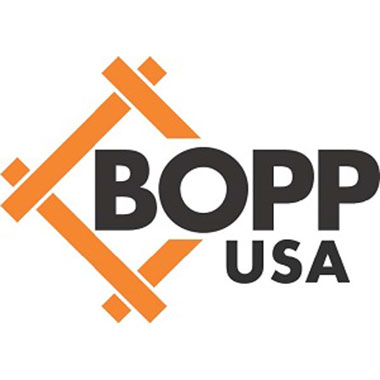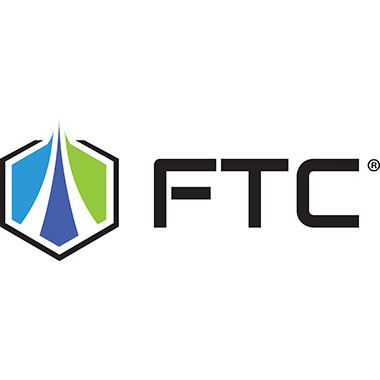Effects of Edge Functional Groups on Desalination Performance in Graphene Oxide Membranes
Only 0.78% of the total water on our blue planet can be used in our daily life. Through water treatment, oceans and other saline water, which account for 97.4% of total global water, have the potential to cover this shortage. Membrane-based technology is the currently favored process for desalination, as it consumes low energy, has low operation cost and has great efficiency.
Commercial membranes are currently made of polymers. These membrane channels are hard to control and therefore have low monovalent ion rejection. Furthermore, some of them have a low tolerance for the chlorine used for sterilization and anti-biofouling. Compared with traditional polymer cross-linked membranes, two-dimensional graphene oxide (GO) based membranes have higher chemical and physical stability. GO nanosheets, which act as an important part, can naturally form a well-packed layer-by-layer membrane structure. This kind of unique membrane structure promotes water permeance via low surface friction while maintaining high salt rejection via edge functional groups of GO nanosheets. Hence, the GO membrane has great potential for industrial water treatment applications. GO nanosheet functionalization can greatly improve membrane performance through channel modification. These characteristics are hard to accurately study via experimental methods because of the nanoscale. Therefore, numerical molecular dynamics (MD) simulations are used to zoom into the nanoscale membranes.
Using MD simulation, surface friction of layer-by-layer membrane with various surface oxidation has been widely investigated. Higher surface oxidation has been proved to improve water slip length inside membrane channels. Furthermore, this higher surface attraction can also increase ion adsorption on the surface of channels that additionally increases the ion rejection rate. The edge functionalization on the layer-by-layer GO-based membrane, whose sieving effect has been proposed from experimental works, is rarely studied. It has been reported that edge functional groups have a significant influence on water permeance. Both interaction and geometric effects of edge functional groups were identified with different GO membrane structures. The study of edge functionalization effects is only limited to water transport performance at present. No work about their desalination performance has been reported, although similar researches have been widely studied on single-layer porous GO membranes. In real experiments, however, it’s very hard to prepare membranes with uniform pore size and keep membranes to a single layer structure in atomic thickness. Layer-by-layer membrane structure assembled by functionalized GO nanosheets is much easier. In addition, filtration efficiency can be largely decreased if the pore size is not well-controlled. Therefore, a study of desalination effects of edge functional groups on layer-by-layer GO membrane is still left untouched but necessary to be processed.
To address the gap in knowledge, carboxyl, hydroxyl, and hydrogen were fully decorated at the edges of GO nanosheets for studying their sieving effects on NaCl. Three kinds of membrane structures were used, which had narrow interlayer channels only, narrow inter-edge channels only, and both narrow interlayer and inter-edge channels. Ion vibration and interaction with the solvated membranes were investigated. Different desalination mechanisms affected by the layer-by-layer edge functionalized GO membranes were identified in this work.
New molecular insight into water purification summarized from this work can provide basic knowledge for proposing a strategy for better desalination efficiency.
Ms. Ruosang Qiu will dig deeper into her work in this area in the Membrane Track at World Filtration Congress 13.
Guest blog by Ruosang Qiu, Ph.D. candidate in the Department of Chemical Engineering at Monash University, Australia
Ms. Qiu is a final year Ph.D. candidate in the Department of Chemical Engineering at Monash University, Australia. She received her Bachelor’s Degree in Bioengineering and Master’s Degree in Biochemical Engineering at Xiamen University in 2013 and 2016, respectively. She has published four papers in international journals as the first author. She won the Nanoscale Poster Prize of Computational Section in IUMRS-ICA 2019, the Best Oral Presentation of Membrane Section in 2019 CEPA Conference, and the First Prize of People’s Choice Award in 3M Talk in iEESEP 2019.


















































